Are high food costs making it hard to eat healthy? This guide will show you just how meal planning can help you create a healthy grocery list on a budget and lower your grocery bills! Check out our top 10 favorite budget-friendly quick meals and download your free 7-Day Aldi meal plan!
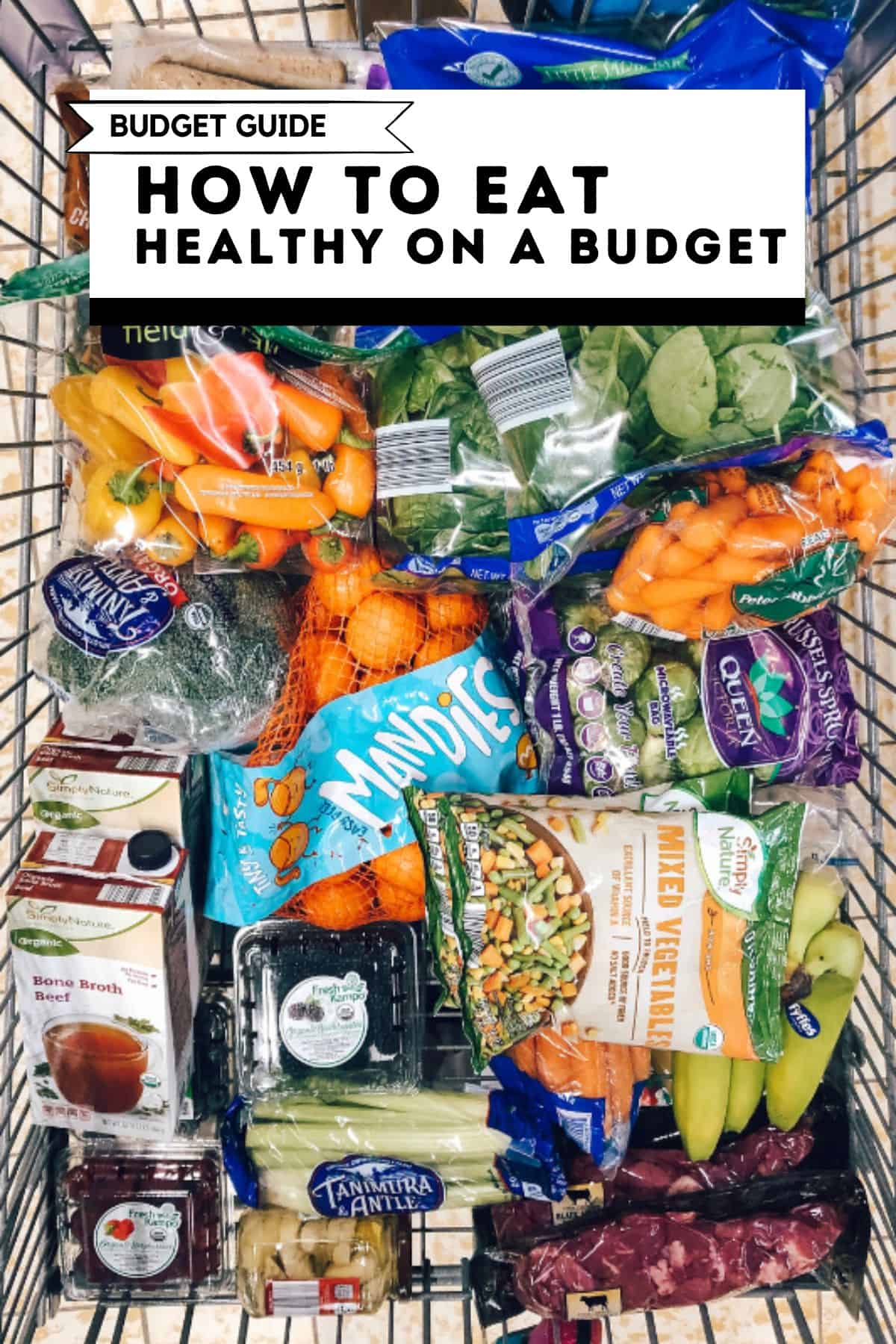
Would you like to save this?
Jump to:
- How to Create a Healthy Grocery List on a Budget
- Meal Planning - One of the Best Ways to Lower Grocery Bills
- Shop Locally, in Bulk, or at Discount Stores
- What's the Cheapest Healthiest Food to Eat?
- 10 Healthy Meals to Tame Your Grocery Bill
- Honey Garlic Paleo Crock Pot Chicken Thighs
- Cheeseburger Bowl
- Healthy Instant Pot Hamburger Helper
- Easy 10-Minute Air Fryer Chicken Sausage
- One Pot Skillet Lasagna with No-Boil Noodles (Lazy Lasagna)
- 3-Ingredient Crock Pot Ground Beef (Crock Pot Taco Meat)
- Easy Baked Walking Taco Casserole
- Eggless Meatballs (Easy & Quick Egg-Free Recipe)
- 10-Minute Air Fryer Naan Pizza
- Ground Chicken Stir Fry with Frozen Vegetables and Rice
- FAQs
- 10-Minute Air Fryer Naan Pizza
How to Create a Healthy Grocery List on a Budget
With grocery prices on the rise, it is getting harder to grocery shop without overspending. Whether it's that packages are shrinking or items are just out of my price range, I've had to make some changes to my shopping.
We've even focused on making our coffee at home with our Nespresso!
The most simple way to create a healthy grocery list on a budget is to meal plan first. Committing to meal planning while planning some make-ahead meals and using what I have in my pantry or freezer before shopping has helped immensely.
Download Your Free 7-Day Aldi Meal Plan
One of my favorite budget stores to shop at is Aldi - check out my 7-day healthy Aldi meal plan for more meal inspiration!
You can also download this free 7-day Aldi Meal Plan or check out this January meal plan!
Meal Planning - One of the Best Ways to Lower Grocery Bills
Without a good system in place, meal planning can take a lot of time and money! Through trial and error, I have found that the only thing that has worked in budgeting for meals is by simplifying our monthly and weekly meal planning system.
I have tried both monthly and weekly meal planning. For me, monthly meal planning is a more budget-friendly choice. When I go to the store less, I spend less. Also - when I'm planning monthly I can plan for purchasing bulk items.
A weekly meal plan is a great place to start if you have never meal planned before. Or, if your schedule is completely unpredictable, weekly meal planning can be helpful.
My Monthly Meal Planning System
This is my 8-step system for making a monthly meal plan that requires just a little planning.
- Take inventory of what you have. At the beginning of the month, I take an inventory of everything we have in our pantry, freezer, spice cabinet, and fridge to see what items I need to buy and what I can use in the following month.
- Print out a blank 30-day calendar. I use the printable PDF calendar from Time and Date. You could also use Google Sheets or Excel to organize this.
- Write out all of your commitments for the month. If I know I'm going out of town, I know not to plan meals for those days. I also know that going out of town for the weekend can shift my meal prep day to Monday.
- Make a list of family favorite dinners or other recipes. Write two to three recipes per week assuming you are going to double each recipe. I usually reserve one day a week for eating out, one for leftovers (unless I freeze them), and one day to eat at the home of friends or family.
- Gather the recipes for these items and compare them to your pantry inventory. Mark which items can be purchased in bulk.
- Make a note of budget-friendly meals you can make: When preparing my meal plan, I like to include a few lower-priced meals like Naan pizza, quinoa power bowls, or veggie chili.
- Create your bulk and weekly healthy grocery list and go shopping! Freeze any meat or other freezable items that you've purchased for making later in the month.
- Make a plan for leftovers. Wrap any leftovers in freezer-safe containers, place them in smaller portions, and freeze them to eat for a later date. Alternatively, you can store them in an airtight container in the refrigerator to eat a day or two later.
Shop Locally, in Bulk, or at Discount Stores
Shopping at farmer's markets or local farm stands for in-season fruits and veggies is a great way to support local businesses. Buying local produce will also help to get the best prices during the season.
The produce will be super fresh and less expensive than traditional grocery stores or buying out of season.
When adding whole foods and fresh produce to your healthy grocery list, the easiest way to save money is to shop in season.
What's the Cheapest Healthiest Food to Eat?
Here are my top 10 favorite cheapest healthy foods that are my healthy grocery list staples that you can add to your grocery list:
- Rice, beans, and lentils - a great source of healthy whole grains that make a base for power bowls, chili, or vegetarian pasta sauce.
- Quinoa - a versatile, inexpensive, and protein-rich grain that is great for a plant-based breakfast or a quinoa power bowl.
- Nut butter like peanut butter or almond butter.
- Oatmeal - grind into oat flour, make homemade oat milk, baked oatmeal, or overnight oats.
- Whole chicken - when on sale, whole chickens give you tons of meat that you can use in lots of chicken recipes, in bone broth chicken soup, or to make your own bone broth.
- Tuna - a can of tuna is a cheap protein to top a salad or to make into a tuna salad.
- Salsa - a staple ingredient in our favorite Instant Pot Chicken Tacos.
- Greek yogurt - a less expensive source of protein for breakfast, or use as a marinade for chicken, or as a mayonnaise replacement in tuna salad.
- Almond milk - great for making smoothies for breakfast or snacks.
- Frozen vegetables and frozen fruit.
10 Healthy Meals to Tame Your Grocery Bill
Here are ten of my favorite easy meals that I can make on the cheap using my healthy grocery list!
HONEY GARLIC CROCKPOT CHICKEN THIGHS
Add in whichever fresh veggies are the current in-season produce. Bell peppers, edamame, or frozen stir-fry vegetables all make an excellent addition.
Chicken thighs tend to be cheaper than chicken breasts, making this recipe a great one for when you are craving takeout but want to stick to your food budget.
This is one of our favorite meals when we are craving a burger. Cutting out the white bread bun not only helps to save extra money but makes this recipe great for those on low-carb diets.
Check your pantry for burger toppings to add like jarred pickles!
Use ground beef, ground turkey, or ground chicken for this recipe.
This is one of the best healthy meals to make for a large family!
10-MINUTE AIR FRYER CHICKEN SAUSAGE
Chicken sausage is a great versatile protein source to stock up on when it's on sale!
Serve with a side of sweet potatoes and your favorite veggie like green beans.
This recipe has simple ingredients! You can add a healthy protein like chicken sausage or ground turkey, or omit it to make the recipe vegetarian.
When food prices are high, I like to shop my pantry for meals I can make with what I have on hand - like this easy & healthier skillet lasagna.
Tacos are always an easy go-to budget meal! Use your favorite lean protein.
This is a simple 3-ingredient recipe with most of the ingredients you may already have on hand.
This casserole recipe is one of the best easy meals your family will love, and it makes a full family size of 8 servings!
Substitute black beans for meat to make this recipe vegetarian and even more doable on a tight budget.
Serve these with a salad of leafy greens or a veggie side dish of whatever vegetable is on sale in the produce section of your local grocery store.
Olive oil replaces eggs for this easy meatball recipe.
Use up veggies you may find in your fridge for toppings!
Serve with a side of fresh fruit for an easy and quick weeknight dinner.
Make this recipe in just 10 minutes using frozen veggies and microwaved rice.
Stir frys are a great way to use up veggies that are close to their expiration date. This helps to cut down on food waste and lower your grocery bill.
FAQs
While researching this I found that WebMd has a great resource of 15 Nutritious Foods for $2. The list includes whole grains like brown rice, whole-grain pasta, Greek yogurt, frozen veggies, oatmeal, and more.
If you are eating a low-carb or keto diet, check out these 55 Keto Items at Aldi. I also have a guide for eating the plant-based diet on a budget and pescatarian on a budget.
Grocery pickup services have helped me to meal plan, stick to a list, and avoid impulse purchases. If you are on a tight grocery budget and your grocery store has this service for free, use it!
This has been one of the easiest ways for me to stick to my healthy grocery list!
If you've made this recipe, would you please leave a star rating and comment below on the recipe card? If you want more simple + delicious eats, please subscribe to my newsletter and follow along on Facebook, Pinterest, and Instagram for the latest updates.
10-Minute Air Fryer Naan Pizza
Ingredients
- 4 pieces Naan bread
- 1 cup pizza sauce
- 1 cup mozzarella cheese
- ½ cup parmesan cheese
- oregano to taste
- salt to taste
Instructions
- Preheat oven to 450F.
- Place naan flatbreads on a baking sheet and spread ¼ cup pizza sauce per flatbread. Top each with ¼ cup mozzarella cheese and 2 tablespoon parmesan cheese.4 pieces Naan bread, 1 cup pizza sauce, 1 cup mozzarella cheese, ½ cup parmesan cheese
- Sprinkle pizzas with dried oregano and sea salt.oregano, salt
- Bake flatbreads for 6-8 minutes or until desired level of doneness and crisp. Allow pizzas to cool for a few minutes before slicing and serving.
Notes
- Extra crispy crust: Pre-bake air fryer naan pizza without toppings for 2-3 minutes before adding toppings to crisp the flatbread even more.
- How to make this recipe without an oven: If there is no oven available, you could also make this recipe in a toaster oven or an air fryer. For the toaster oven follow the directions per the recipe. To make in an air fryer, air fry at 375F for 6-8 minutes or until desired crispiness.
- Make Ahead: Air fryer naan pizza can be made ahead and stored covered in the refrigerator for up to 1 day prior to cooking. If making ahead the crust will not be as crisp due to the sauce soaking in. You may consider either cooking on a pizza stone or directly on the oven rack to get the crust crispier.
- Storage: Store leftovers in an airtight container in the refrigerator for up to 3 days.
- Reheat: Reheat in the oven at 400F for 5-7 minutes or until it is heated through. You can also reheat it in the air fryer at 360 for about 5 minutes. I don't recommend using the microwave as the crust will lose its crispiness.
- Freezer: Keep a stash of frozen flatbread in the freezer for when you need a quick meal! Meal prep these beforehand and store them in freezer-safe containers for up to 3 months. They can be baked straight from frozen - just add a few extra minutes to account for that.
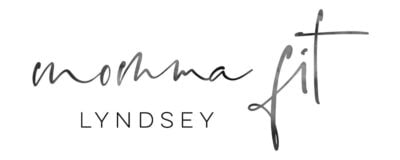
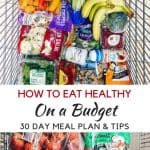
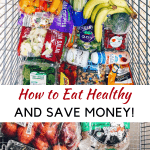
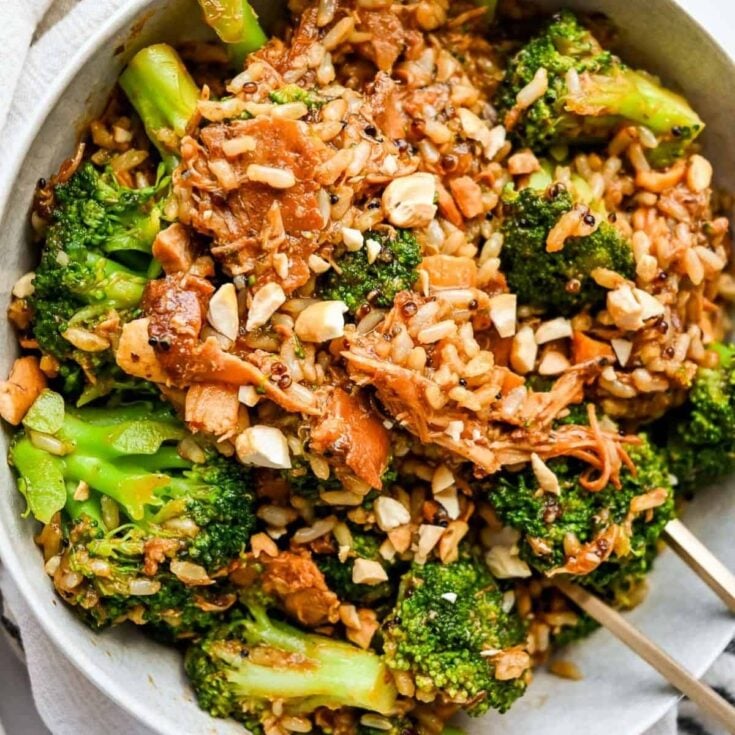
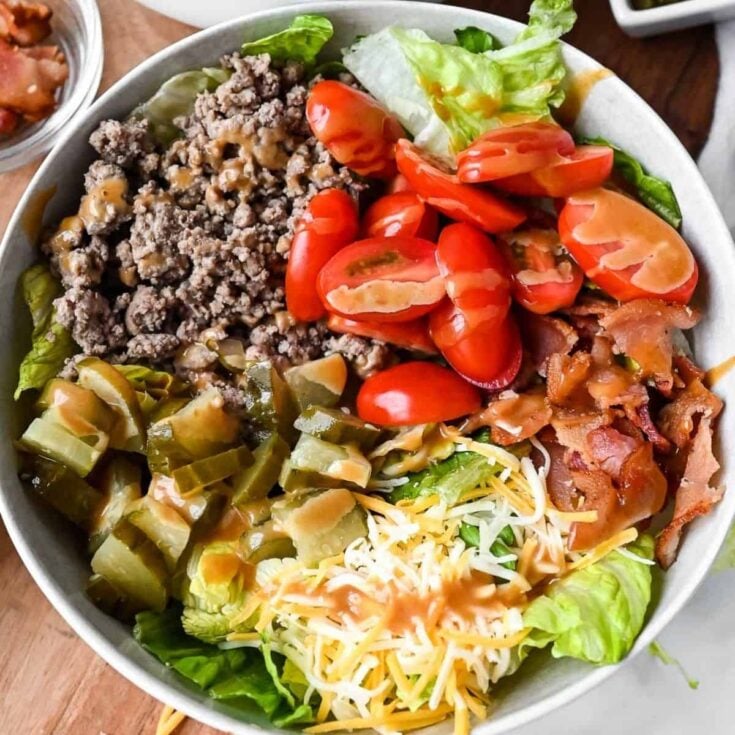
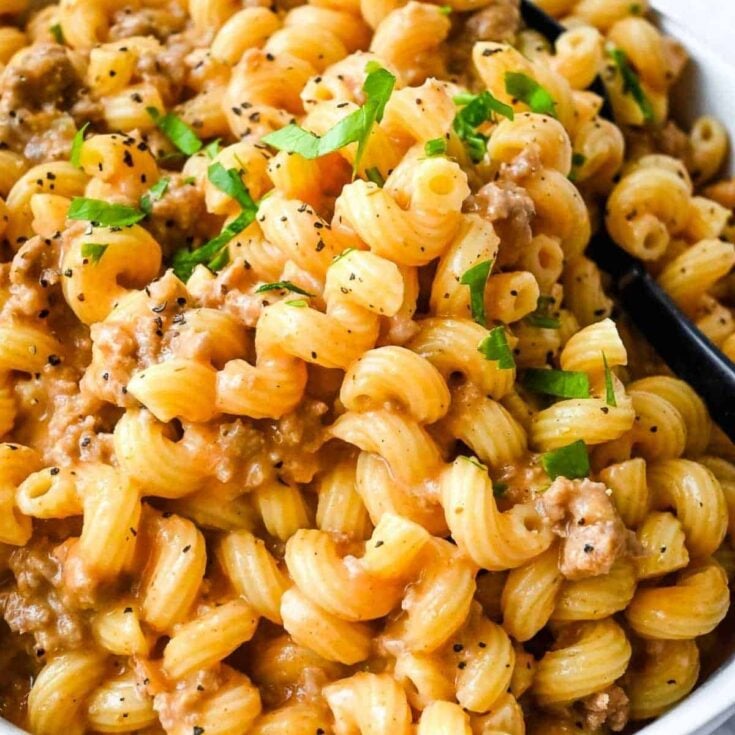
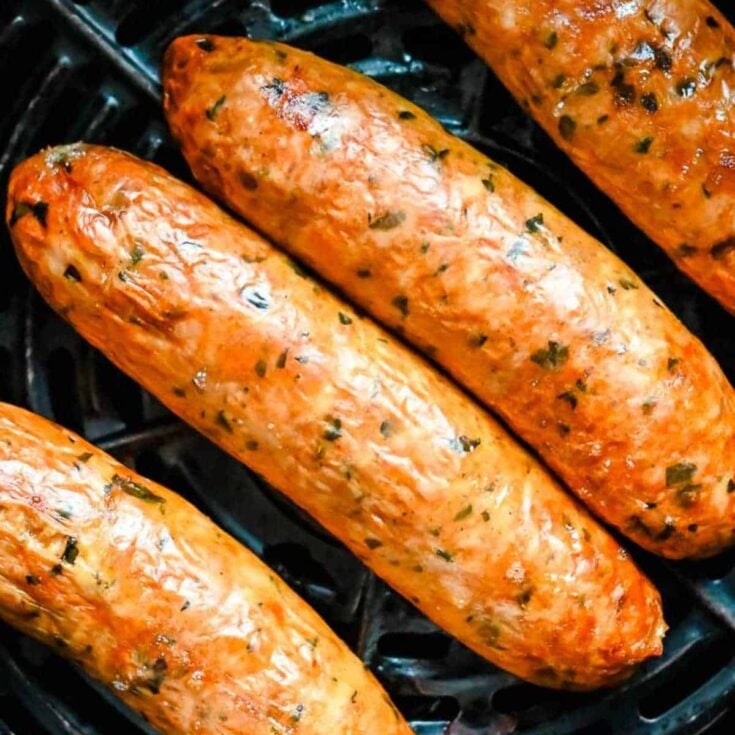
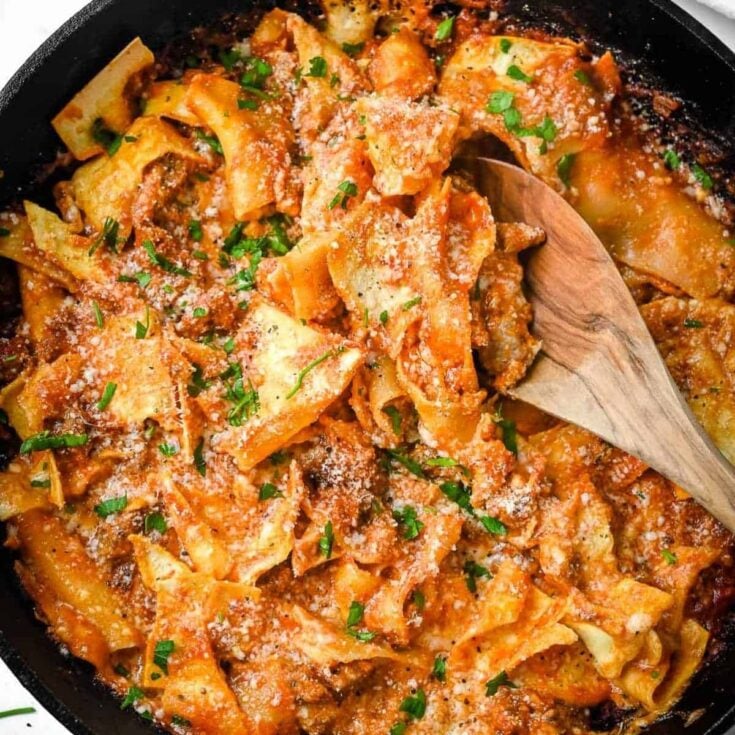
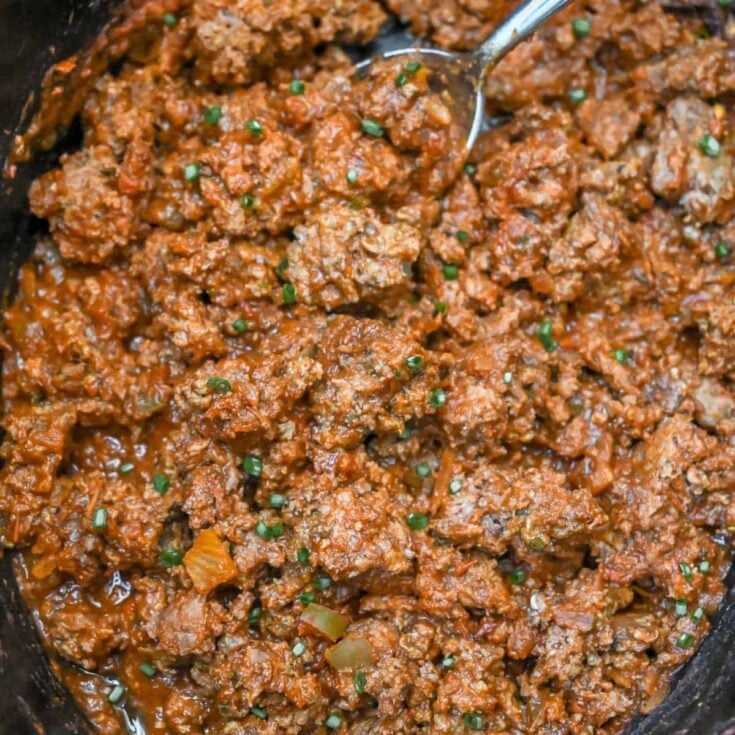
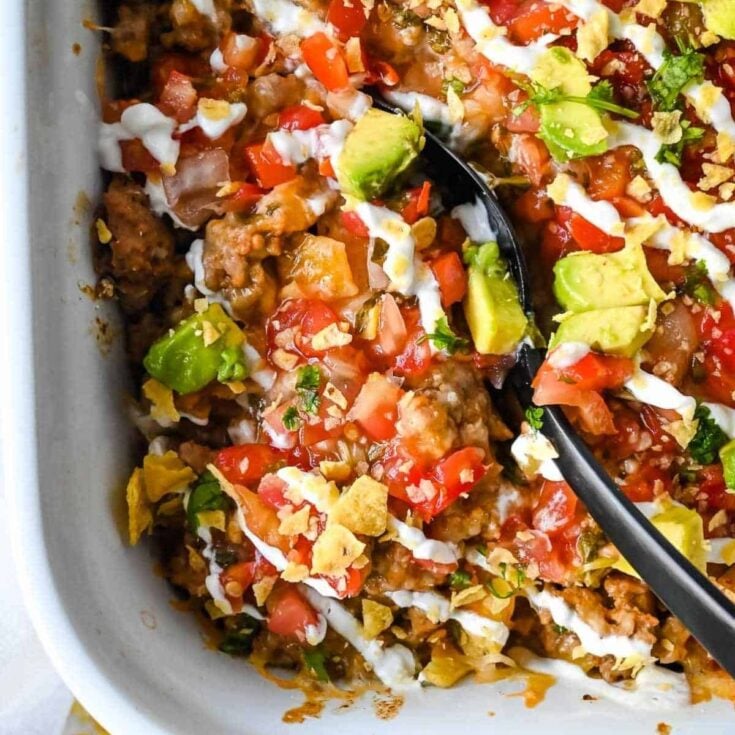
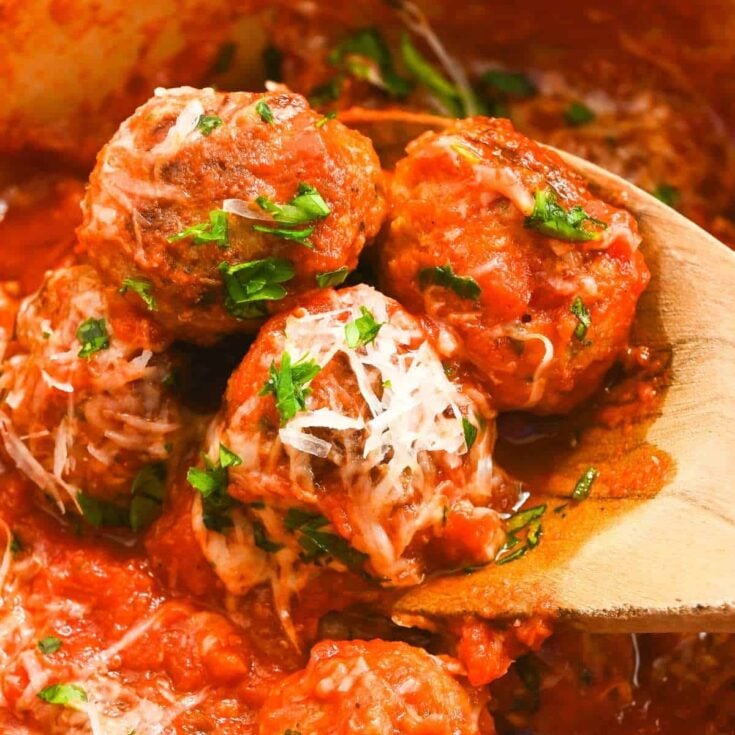
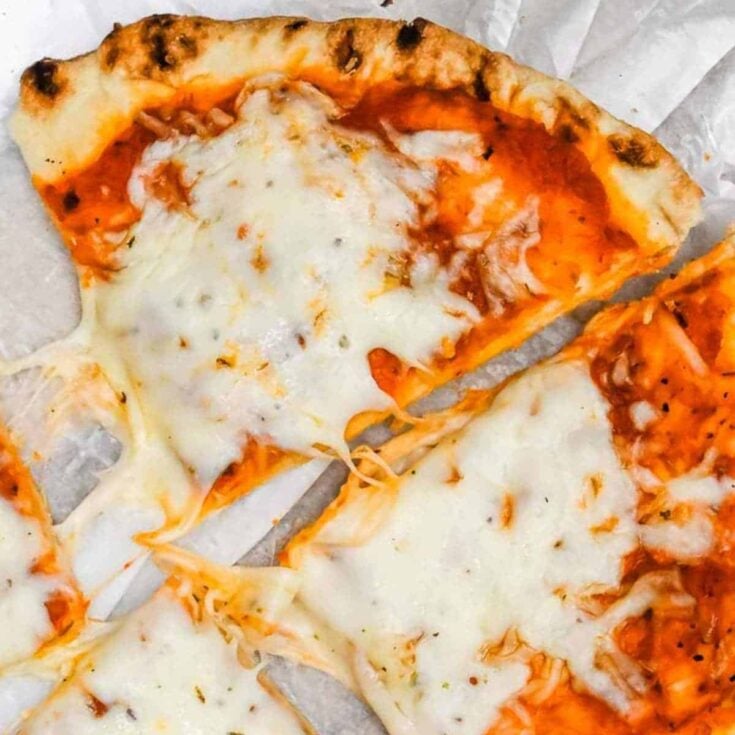
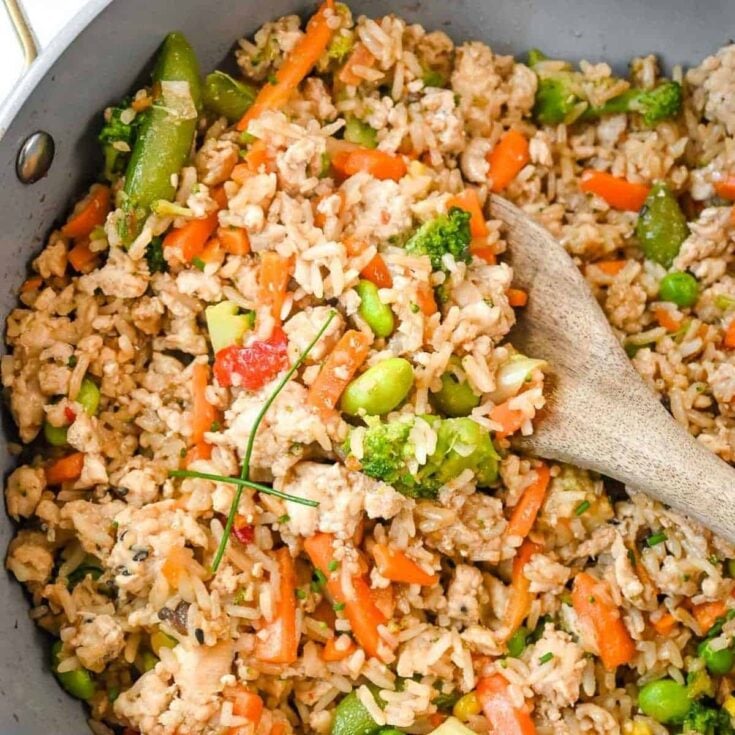





Desiree
Excited to try!